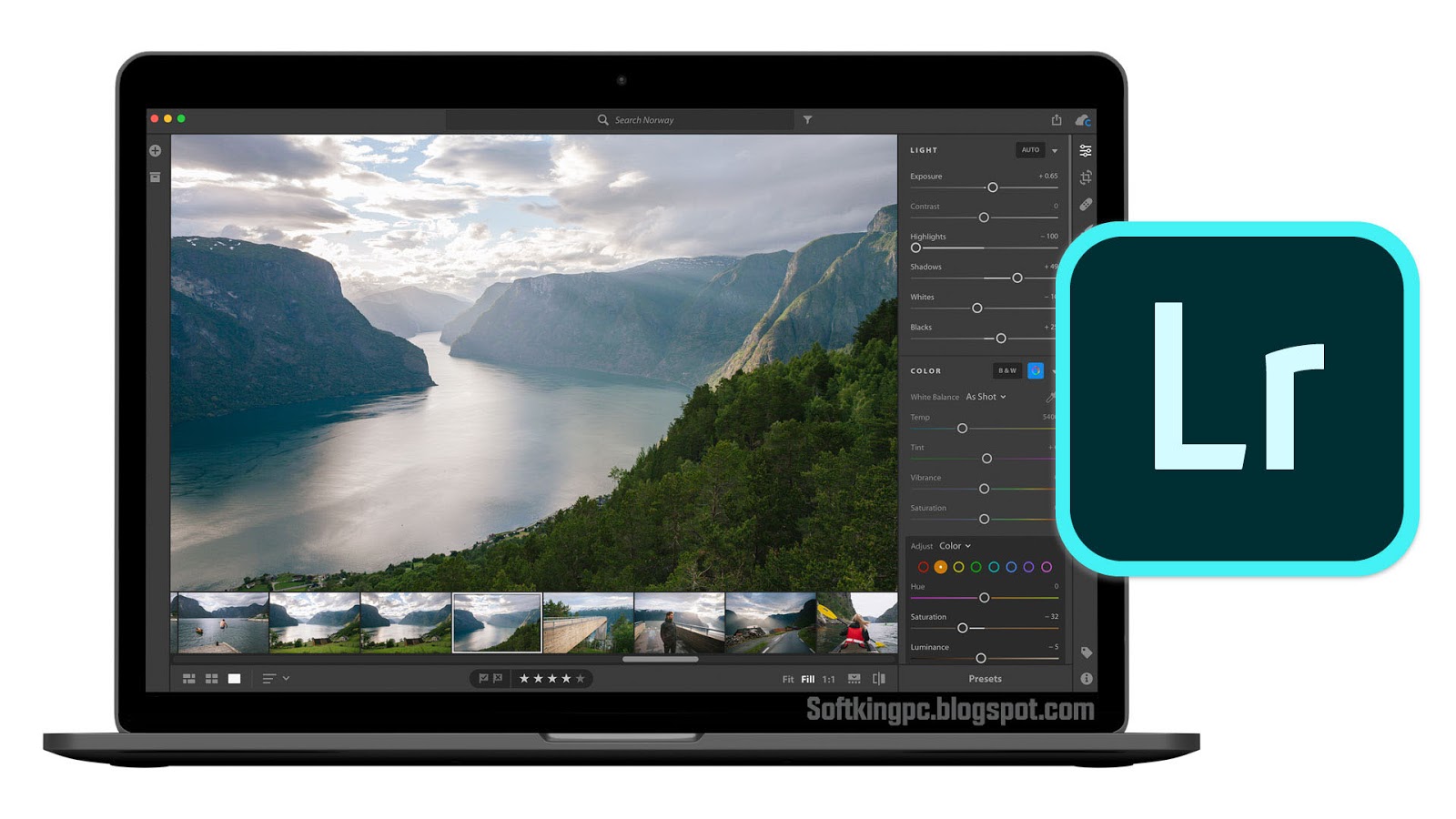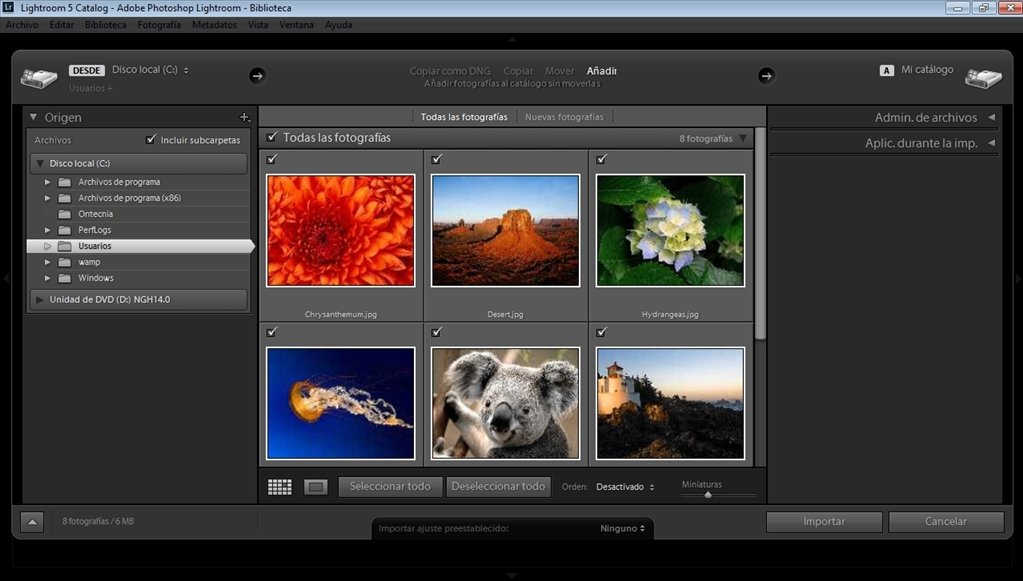

In short, it’s a beast of a program that helps give creatives their power to create. Photoshop is used by graphic designers, architects, publishers and photographers. Originally created by Adobe for simple digital photo editing, the program’s functionality has greatly expanded. Photoshop is synonymous with photo editing. It will help you determine when and why you should use each program. To help you decide which editing tool is right for your next project we’ve assembled this handy guide. The truth is, there’s no clear-cut answer – it depends on the project. They want to know which one they should use. Doing so will increase the speed and quality of your workflow, all while keeping things organized, easy to share, and easy to retrieve.At Mosaic, photographers often ask us to compare Adobe Photoshop vs Lightroom. You should probably get familiar with both Lightroom and Photoshop. Or, if you’re like me, you take semi-professional photos for work. Let’s say that you’re a beginner photographer. Use Both Apps and Take Photos to the Next Level!
Adobe photoshop v lightroom professional#
That’s why most professional photographers start in Lightroom and only move something into Photoshop for detailed pixel-by-pixel editing.

It’s also a poor choice when you need to organize and edit several images, even if you use something like Adobe Bridge to streamline the process a bit. The problem with Photoshop is that it’s a bit unintuitive. That means adding beautiful text to images, removing wacky strangers from family photos, or creating digital art. Photoshop can pull off the same edits as Lightroom, but it’s purpose-built for destructive and creative editing. And that’s important in professional photography, an industry where clients often ask to use (or purchase) old photos that they had previously skipped.īut if you need to make dramatic, weird, or ultra-specific changes to your images, that’s where Photoshop comes into play. Keeping everything organized in Lightroom also helps with photo retrieval. (And you can reverse or temporarily hide these edits with the push of a button.) The organizational tools in Lightroom help speed up your editing job, ensure consistency between photos, or even apply presets to multiple pictures at once. You can even flip between images in an album during the editing process (with zero delay on a decent computer). Once it’s time to start editing, your images are already bundled together. I’ve split my photos into “work” and “not work” folders. You can then look through this album and mark images using flags or stars. Let’s say that you’re a wedding photographer-your first task in Lightroom is to load a wedding’s worth of photos into an album.

In my opinion, file management is the most important part of Lightroom. Lightroom isn’t just a photo editor it’s also an organizational tool. When beginner photographers first use Lightroom, they’re often surprised (or even disappointed) by the emphasis on folders, albums, and other file management systems. Lightroom Classic is a bit more “professional,” with more complicated tools and a bigger emphasis on local file storage. The standard Lightroom app is relatively simple, connects with Creative Cloud for remote storage, and runs on both desktop and mobile devices. Lightroom: Quickly Organize and Edit Photos Andrew Heinzman / Review Geek Note: There are two versions of Lightroom. While Lightroom is primarily a tool for photographers, Photoshop is an all-purpose suite for detail-oriented image editing. And that’s because these two apps are intended for different tasks. They share a surprising number of features, and most editing jobs can be completed in either program.īut professional photographers tend to use both Lightroom and Photoshop. This may come as a surprise, but Lightroom and Photoshop have a lot in common. Lightroom: Quickly Organize and Edit Photos


 0 kommentar(er)
0 kommentar(er)
